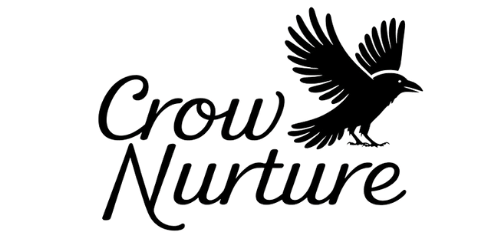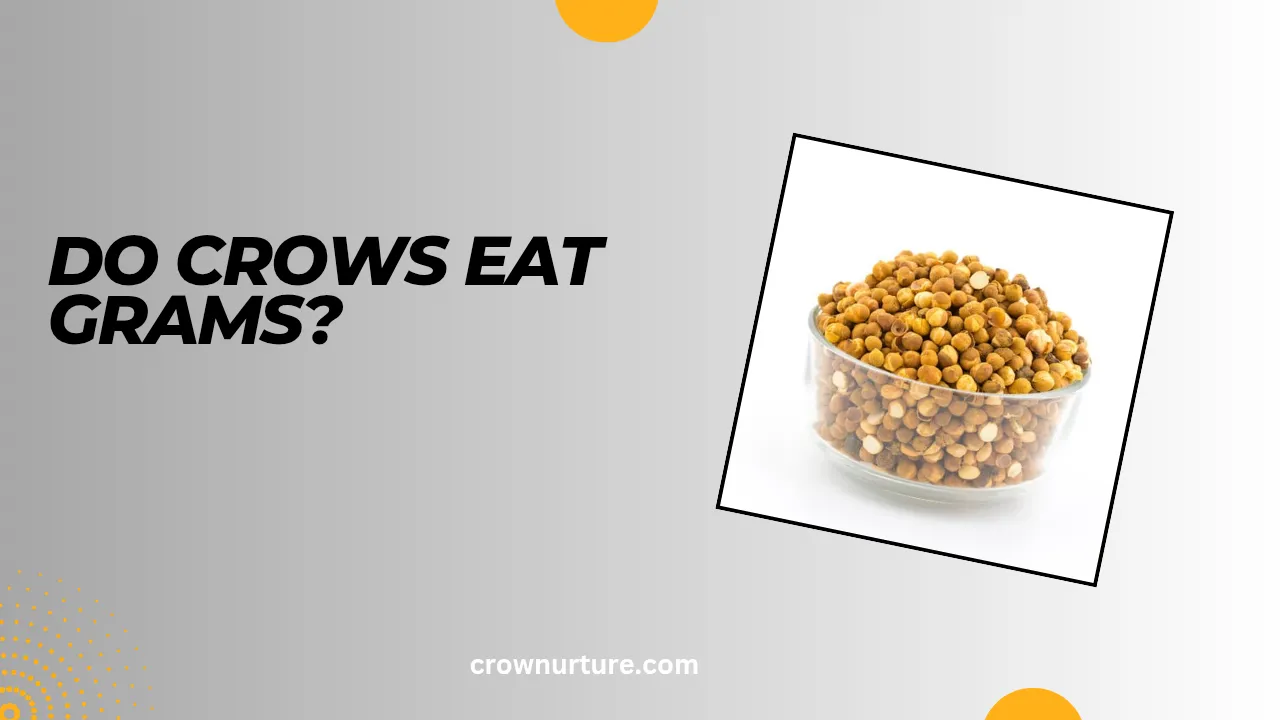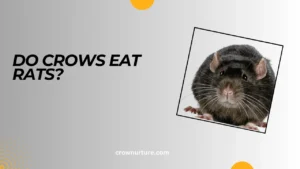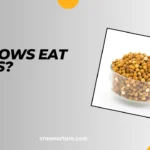Crows have fascinated humans for centuries, not just because of their striking black feathers and haunting calls but for their intelligence and adaptability. You might have seen them perched on rooftops, scavenging scraps from bins, or flying with a precise purpose.
But have you ever wondered about the diversity of their diet? Do they eat grams and other grains like some birds, or are their food preferences more complex? This question takes us on a journey into the world of one of the most versatile eaters in the animal kingdom.
Understanding what crows eat isn’t just a matter of curiosity—it holds relevance for farmers, urban dwellers, and wildlife enthusiasts alike. Crows thrive in cities and farmlands, often influencing ecosystems and human activities.
Their eating habits can impact crop production, urban waste management, and even our perception of wildlife. Exploring their dietary patterns helps us grasp how they adapt so brilliantly to different environments.
In this post, we delve into whether crows consume grams and grains, and how these fit into their broader diet. From their omnivorous tendencies to the influence of human activities on their eating habits, we uncover why crows are often called the ultimate opportunistic feeders. So, let’s get started and unravel the culinary mysteries of these intelligent birds.
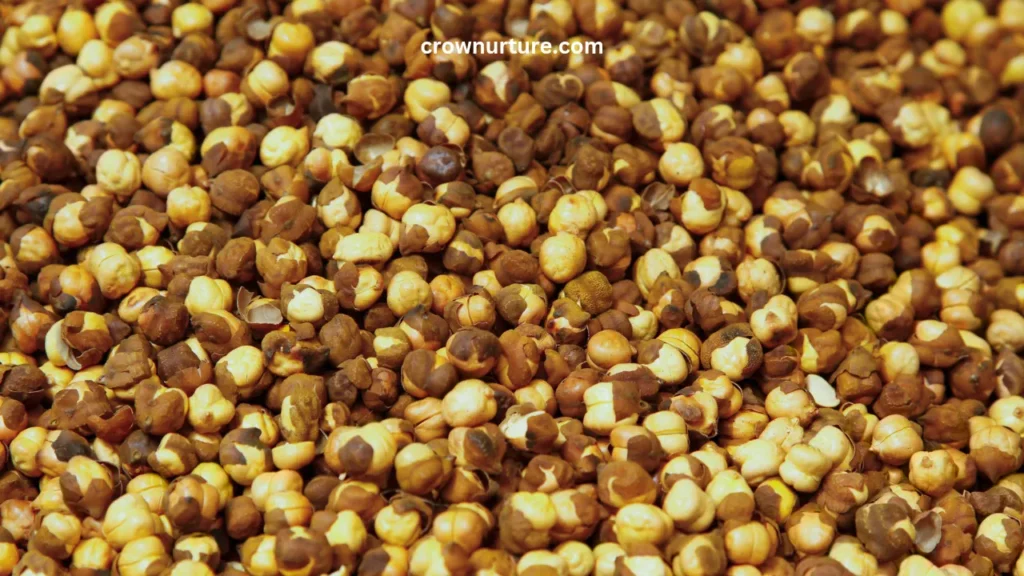
Contents
Crow Diet: An Overview
Crows are omnivorous creatures, meaning they eat both plants and animals. Their diet is vast and includes insects, fruits, seeds, nuts, carrion, and small vertebrates. This wide-ranging palette showcases their adaptability to various ecosystems.
Their dietary versatility allows them to survive in diverse environments, from bustling cities to quiet forests. They are skilled at finding food, whether it’s a discarded sandwich or a hidden insect under leaves. This adaptability makes them unique compared to more specialized birds.
As opportunistic feeders, crows eat what’s readily available. If food sources shift due to seasons or human activities, they adjust their habits accordingly, proving their remarkable resourcefulness.
The Role of Grains in the Crow’s Diet
Crows do consume grains occasionally, especially when they are easily accessible. Spilled grains in fields, bird feeders, or discarded food often attract them. However, grains are a minor part of their overall diet.
Unlike seed-eating birds, crows rely on more nutritionally diverse food sources. Their diet includes high-energy foods like insects or scavenged meat, which better support their active lifestyles.
Seasonal changes influence their grain consumption. For instance, during harvest seasons, crows may feed on leftover grains in fields, while in other times of the year, they turn to fruits or animal matter.
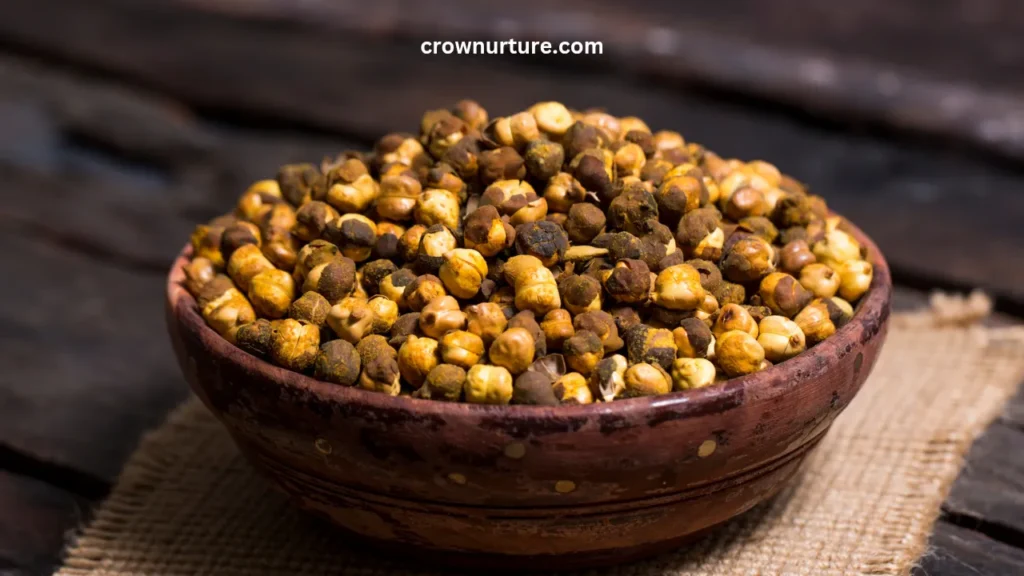
Foraging Behavior
Crows excel at scavenging, making them excellent recyclers of ecosystems. They consume roadkill, waste from humans, and even food left by other animals. Their ability to find food in unconventional places is a hallmark of their survival strategy.
They also exhibit caching behavior, where they store food for later. This behavior ensures they have food during scarce times, showing their forward-thinking nature.
Crows are highly social and learn foraging techniques from each other. This social learning extends to understanding safe food sources and adapting to human behaviors, such as raiding trash bins.
Impact of Human Activities
Human actions significantly shape the diets of crows. In urban environments, waste and leftover food provide abundant resources for these birds. This can sometimes lead to conflicts when they scatter garbage or invade outdoor spaces.
In agricultural areas, crows may feed on crops, causing tension with farmers. However, they also consume pests, which can be beneficial. Pesticides and pollution, on the other hand, pose risks to their health and food sources.
Understanding these interactions is crucial to managing the balance between humans and wildlife, ensuring coexistence without unnecessary conflict.
Conclusion
Crows are truly masters of adaptation, with diets as diverse as their habitats. While grains like grams occasionally make their way into a crow’s menu, they are far from the mainstay of their diet. These omnivores prioritize more versatile and energy-rich foods to sustain their active lifestyles.
Exploring the dietary habits of crows helps us appreciate their role in ecosystems, from cleaning up waste to managing pest populations. It also highlights the complex ways human activities influence wildlife. By understanding these dynamics, we can better manage our interactions with crows and support biodiversity.
As humans continue to shape the environment, fostering coexistence with adaptable species like crows is essential. Whether they’re scavenging in cities or foraging in fields, crows remind us of the intricate connections between nature and urban life.
FAQs
1. Do crows eat grams or other grains regularly?
No, crows eat grains occasionally, but they primarily rely on a more diverse and energy-rich diet
2. What are the main components of a crow’s diet?
Crows eat insects, fruits, seeds, nuts, carrion, small vertebrates, and discarded human food.
3. Are crows beneficial to farmers?
Yes, crows eat pests that damage crops, but they can also feed on crops, causing minor losses.
4. Do crows forage differently in urban and rural areas?
Yes, urban crows rely on human waste, while rural crows forage in fields and natural environments.
5. Why do crows store food?
Crows cache food to ensure they have enough to eat during times of scarcity.
6. How do crows adapt their diet to changing seasons?
They shift to available food sources, like grains during harvests or insects in warmer months.
